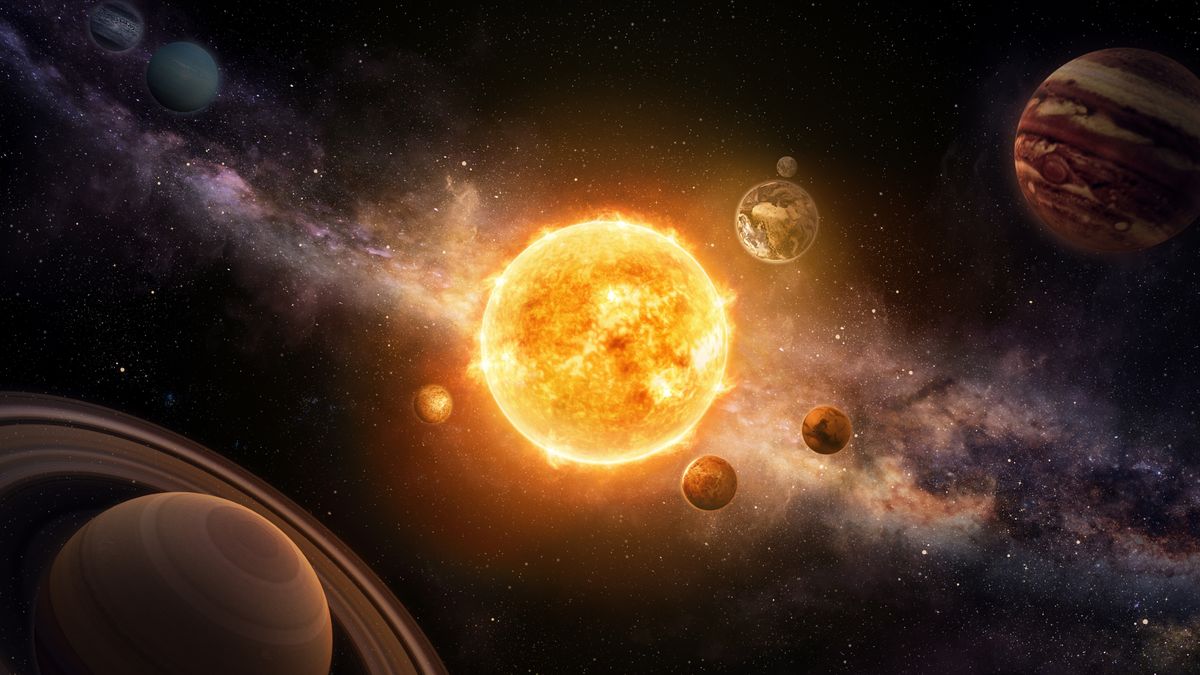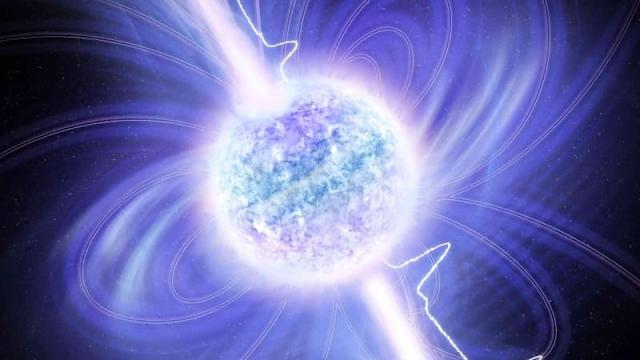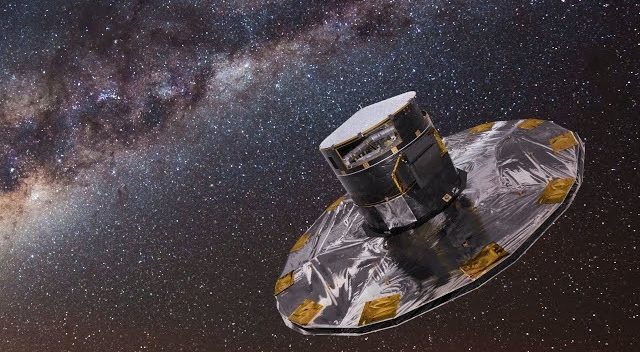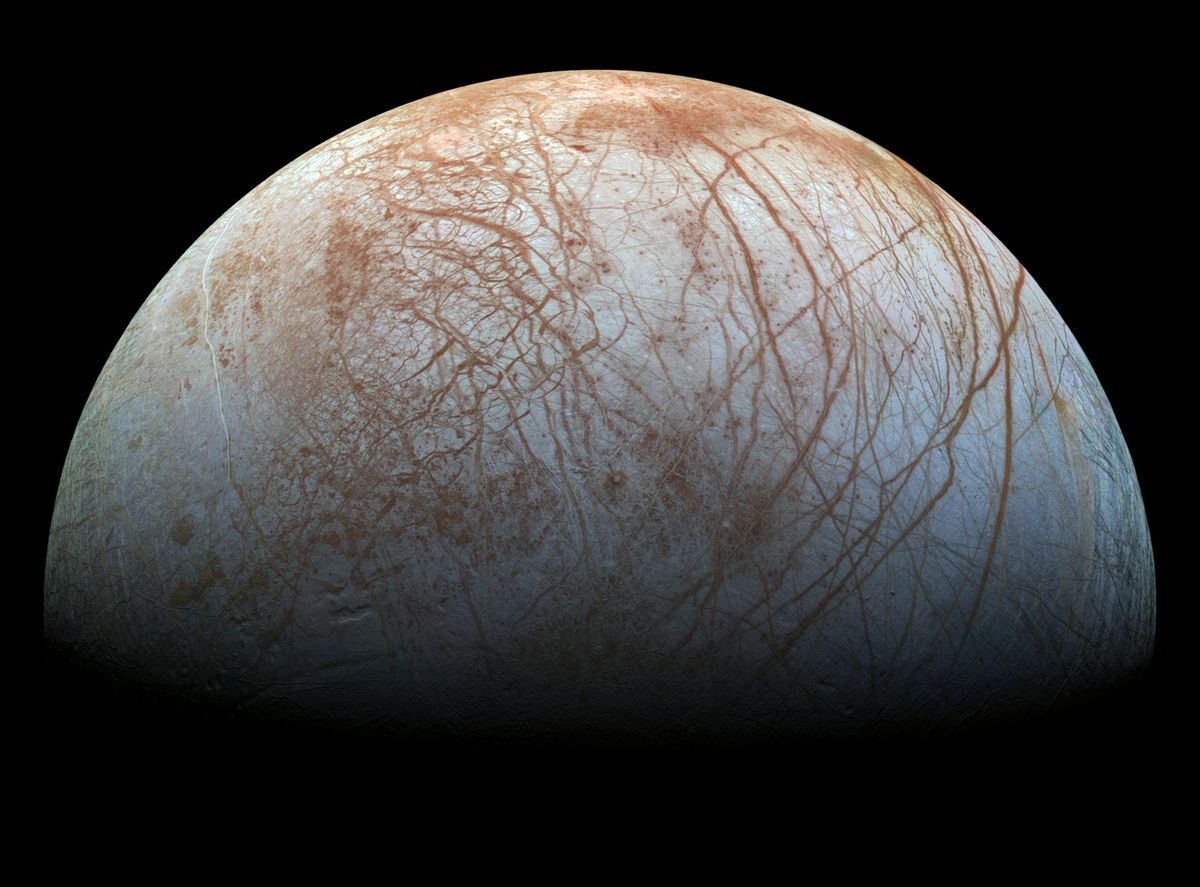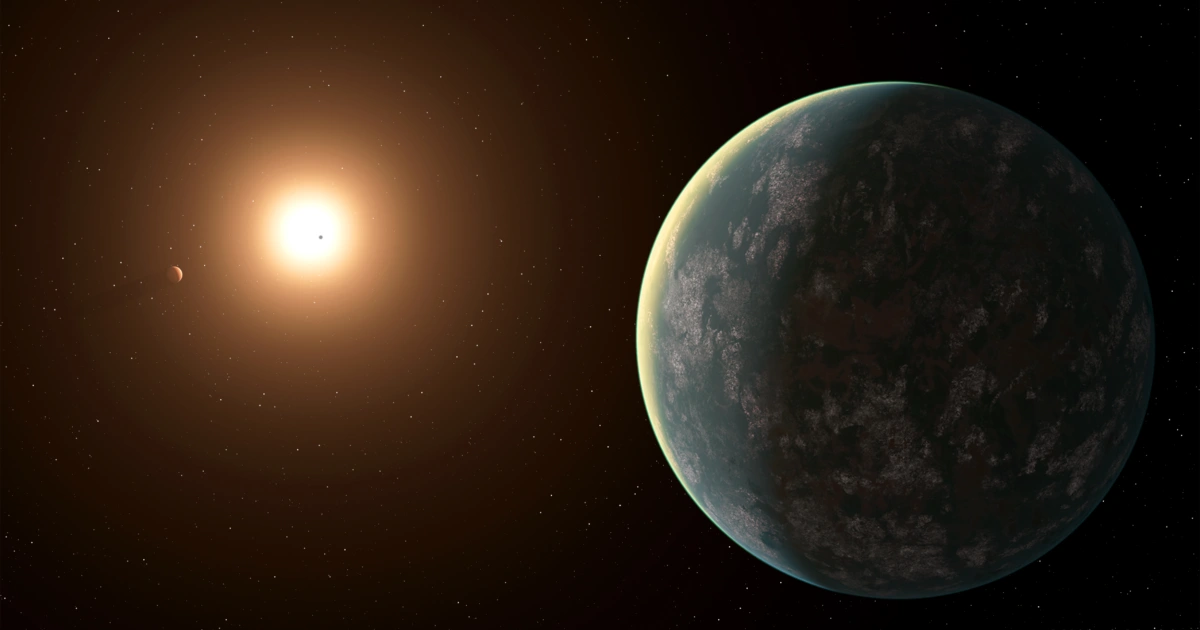solsticeuniversity.com – The Solar System is a vast and dynamic collection of celestial objects, including the Sun, eight planets, moons, asteroids, comets, and other space phenomena. It formed approximately 4.6 billion years ago from a massive cloud of gas and dust. Governed by the Sun’s gravitational pull, these objects move in an intricate dance that has fascinated scientists and astronomers for centuries.
At the center of the Solar System lies the Sun, a massive G-type main-sequence star (G2V) that provides the energy necessary for life on Earth. The Sun is composed primarily of hydrogen (about 74%) and helium (about 24%), undergoing nuclear fusion to produce heat and light. Its immense gravity keeps all other celestial bodies in orbit.
The Solar System consists of eight planets, categorized into terrestrial (rocky) planets and gas/ice giants:
1. The Inner Rocky Planets
These are the four planets closest to the Sun, known for their solid surfaces.
- Mercury – The smallest planet and the closest to the Sun, with extreme temperature fluctuations.
- Venus – A scorching hot planet with a thick, toxic atmosphere dominated by carbon dioxide.
- Earth – The only known planet to support life, with vast oceans and a protective atmosphere.
- Mars – The “Red Planet,” known for its dust storms, polar ice caps, and potential for past microbial life.
2. The Outer Gas and Ice Giants
These planets are significantly larger and mostly composed of gases.
- Jupiter – The largest planet, famous for its Great Red Spot and dozens of moons, including Ganymede, the largest moon in the Solar System.
- Saturn – Known for its stunning ring system, composed of ice and rock.
- Uranus – An ice giant with a unique sideways rotation and a bluish hue due to methane in its atmosphere.
- Neptune – The windiest planet, with deep blue coloration and powerful storms.
Beyond Neptune, the Solar System extends into the Kuiper Belt, a region filled with icy bodies and dwarf planets. Notable dwarf planets include:
- Pluto – Once classified as the ninth planet, now considered a dwarf planet.
- Eris – Slightly smaller than Pluto but more massive.
- Haumea & Makemake – Other significant objects in the Kuiper Belt.
- Asteroids – Rocky objects mostly found in the Asteroid Belt between Mars and Jupiter (e.g., Ceres, Vesta).
- Comets – Icy bodies from the Oort Cloud, famous for their bright tails when approaching the Sun (e.g., Halley’s Comet).
- Meteoroids – Smaller rocky or metallic fragments that enter Earth’s atmosphere and become meteors.
With advancements in technology, humanity continues to explore the Solar System through space missions:
- NASA’s Perseverance Rover is searching for signs of life on Mars.
- The James Webb Space Telescope is revealing deeper cosmic mysteries.
- Future missions aim to send humans to Mars and beyond.
The Solar System is a vast and ever-evolving space environment that continues to captivate scientists and astronomers. From the burning core of the Sun to the icy edges of the Kuiper Belt, each celestial body plays a unique role in shaping our cosmic neighborhood. As space exploration advances, we continue to uncover new mysteries about our place in the universe.
